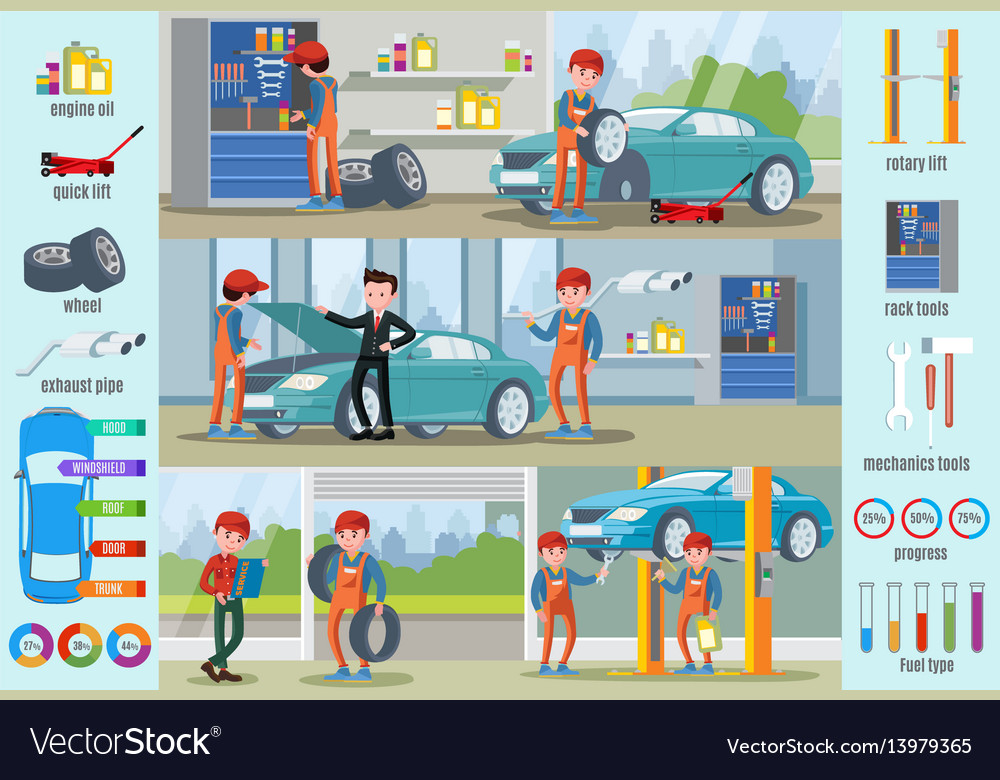Comprehending The Relevance Of Your Car'S Warning Signals: What They Actually Stand For
Comprehending The Relevance Of Your Car'S Warning Signals: What They Actually Stand For
Blog Article
Composed By-Hartley Forbes
When you're behind the wheel, those radiant caution lights on your control panel can be a bit complicated. Do you recognize what they're attempting to inform you about your cars and truck's health? Understanding the significance of these lights is important for your safety and the long life of your automobile. So, the next time among those lights appears, would not you wish to decipher its message accurately and take the necessary steps to resolve it?
Common Caution Lighting and Interpretations
Identify usual warning lights in your car and understand their meanings to ensure safe driving.
The most common warning lights include the check engine light, which signifies concerns with the engine or emissions system. If this light begins, it's crucial to have your lorry examined promptly.
The oil stress cautioning light shows low oil stress, calling for prompt focus to avoid engine damages.
A blinking battery light could recommend a faulty charging system, potentially leaving you stranded otherwise dealt with.
The tire pressure monitoring system (TPMS) light alerts you to reduced tire stress, impacting vehicle security and gas efficiency. Ignoring this can cause hazardous driving problems.
The ABS light shows an issue with the anti-lock braking system, endangering your capability to stop promptly in emergencies.
Finally, the coolant temperature level advising light warns of engine overheating, which can result in severe damage otherwise fixed swiftly.
Comprehending these usual warning lights will aid you resolve issues without delay and preserve risk-free driving problems.
Importance of Prompt Attention
Understanding the common caution lights in your automobile is just the very first step; the importance of quickly attending to these warnings can not be stressed enough to guarantee your safety when driving.
When a warning light brightens on your control panel, it's your cars and truck's means of interacting a prospective concern that requires focus. Ignoring these cautions can result in extra serious issues later on, jeopardizing your safety and security and possibly costing you much more in repairs.
visit my web site to advising lights can stop malfunctions and mishaps. For example, a flashing check engine light could indicate a misfire that, if left ignored, might trigger damage to the catalytic converter. Resolving this without delay can conserve you from a pricey fixing.
In a similar way, a brake system cautioning light could signify low brake liquid or used brake pads, important parts for your safety when driving.
DIY Troubleshooting Tips
If you see a warning light on your dashboard, there are a couple of do it yourself troubleshooting suggestions you can attempt before looking for specialist assistance.
The primary step is to consult your vehicle's guidebook to recognize what the certain warning light suggests. In some cases the issue can be as straightforward as a loose gas cap setting off the check engine light. Tightening up the gas cap may fix the problem.
Another usual problem is a low battery, which can cause different advising lights. Inspecting the battery connections for rust and guaranteeing they're protected may fix the issue.
If a caution light persists, you can try resetting it by separating the car's battery for a couple of minutes and afterwards reconnecting it. Furthermore, inspecting your vehicle's fluid levels, such as oil, coolant, and brake fluid, can aid troubleshoot advising lights connected to these systems.
Final thought
Finally, understanding your auto's caution lights is necessary for keeping your car running efficiently and securely. By quickly addressing these alerts and knowing what they imply, you can stay clear of pricey repair services and possible break downs.
Remember to consult https://www.marketwatch.com/picks/guides/finance/best-used-car-warranty/ for particular information on each alerting light and take action appropriately to guarantee a trouble-free driving experience.
Remain notified, remain risk-free when driving!
